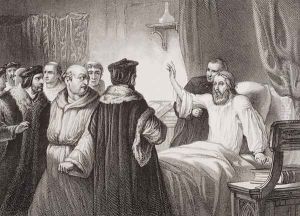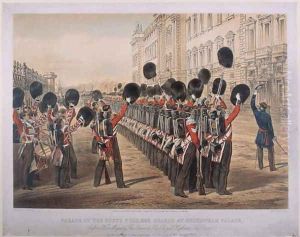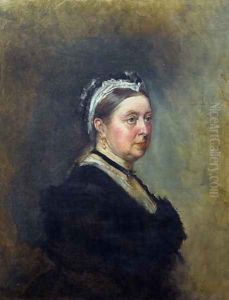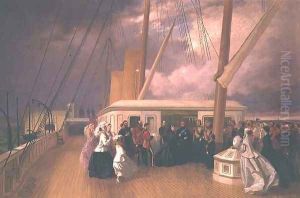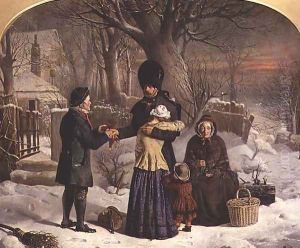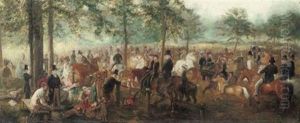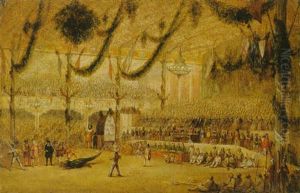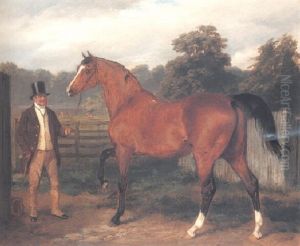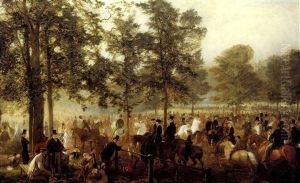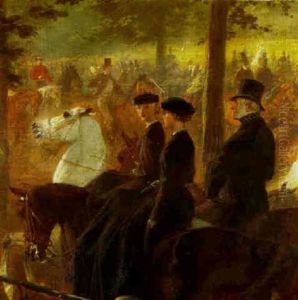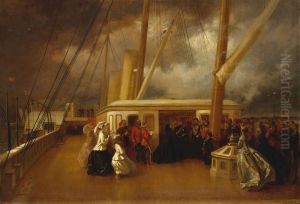George Housman Thomas Paintings
George Housman Thomas was a British artist born in 1824, known for his multifaceted contributions to the art world as an illustrator, painter, and wood engraver. His career was marked by a versatility that saw him excel across different mediums, reflecting the Victorian era's eclectic tastes and the burgeoning demand for visual content in publications. Thomas showed an early aptitude for art, which led him to pursue his passion through formal training and apprenticeship, a common path for artists of his time to refine their skills and establish their careers.
Thomas's work was significantly influenced by the social and technological changes of the 19th century. The period was characterized by the Industrial Revolution, expanding empires, and a growing middle class, all of which contributed to a surge in the popularity of illustrated newspapers and magazines. Thomas adeptly capitalized on this trend, contributing his illustrations to prominent publications of the day. His illustrations often depicted scenes of British life, historical events, and the British Empire's expansion, resonating with the public's interests and the nationalistic sentiments of the time.
In addition to his illustrative work, Thomas was also a respected painter, known for his genre scenes and historical subjects. His paintings, like his illustrations, often captured the vibrancy and dynamics of contemporary life and the human experience, rendered with a keen eye for detail and a rich palette. Despite his success, George Housman Thomas's life was relatively short; he died in 1868. Nevertheless, his contributions left a lasting impact on the Victorian art scene, bridging the worlds of fine art and commercial illustration with a distinctive flair that remains recognized by art historians and enthusiasts alike.
